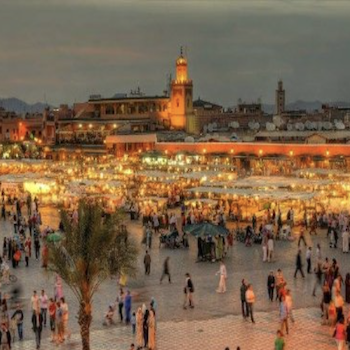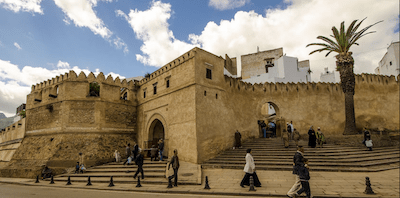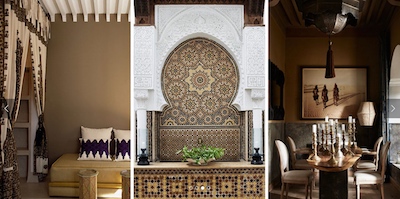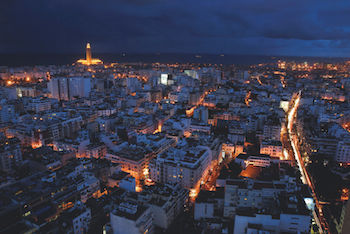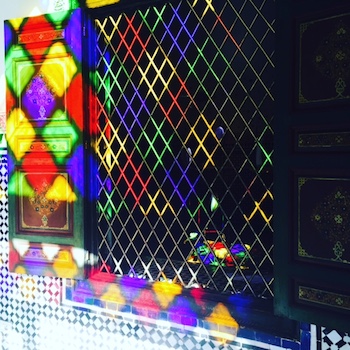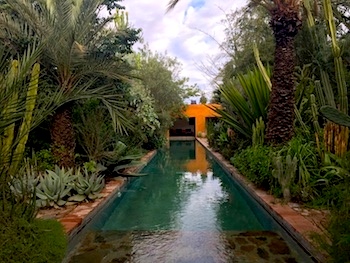Posts Tagged ‘Travel Exploration’
Morocco Travel Blog: 1000 Things to Know Before You Go! Morocco Travel Blog is an online lifestyle and leisure blog highlighting Moroccan news, Moroccan Arts & Culture, Moroccan Food and Drink along with Morocco Travel and Tours for our readers. Created by Alecia Cohen, owner of Travel Exploration Morocco and a Moroccan Travel Expert, this…
Morocco stepped up during the COVID19 pandemic making it a success story and a top destination for travelers seeking a long-needed escape. The country offers fascinating Imperial cities with historic architecture, magnificent gardens, glorious houses of worship, scenic valleys and gorges along with a vast coastline that stretches across both…
Tetouan is a small city in northern Morocco with a unique heritage of Andalusian and Arab cultures making this green and whitewashed city one of the jewels of Morocco. Situated in the middle of a belt of orchards that contain orange, pomegranate, almond, and cypress trees, Tetouan is picturesquely perched…
Morocco’s tradition of tea dates back to the 12th century BC. There are various theories on the origin of tea in the Maghreb. Some say the Berbers (Amazigh) imported tea from Asia, while others believe that Queen Anne Stuart of Great Britain introduced tea to the Moroccan Sultan as a…
Morocco is the ideal destination for a summer vacation if you are searching for a one-of-a-kind travel experience for the entire family. If you are the household trip planner, then you have the option of embarking on a Morocco Family Tour tailor-made to include exploration of various cities and region of…
Moroccan Riads are the ideal place to stay when visiting Morocco. Tucked away from bustling city life, Riads serve as the perfect escape to read a book, enjoy a typical Moroccan meal, a sunset cocktail or simply decompress and take in the sights and…
With its grand boulevards and famed historic Art Deco Architecture, Casablanca is a popular city with a cornacopia of things to see and do. Whether you are a Morocco traveler, an expat living abroad or a local looking for discovery and adventure, Casablanca’s…
Must See, Top Rated Places and Palace in Marrakech offers the perfect Insiders Guide to travelers who are visiting Morocco on a Private Tour. Don’t miss out on some of Marrakech’s Best places that range for Palaces to ancient Mosques. Known for it’s magnificent palaces and old world decor designed…
For travelers interested in discovering Morocco’s Imperial Cities and the Great Desert region, Travel Exploration offers Morocco Expert Tours that custom designed with the perfect amount of luxury and authenticity. Our Morocco Expert Tours are offered on a private basis and tailored for couples, families and small groups. Travelers will…
Travel Exploration Morocco Private Tours has been awarded the Trip Advisor 2016 Certificate of Excellence. The Trip Advisor Certificate of Excellence Award is a testament to Travel Exploration’s High Standards and Service provided for Morocco Tours. The Trip Advisor Certificate of Excellence…


